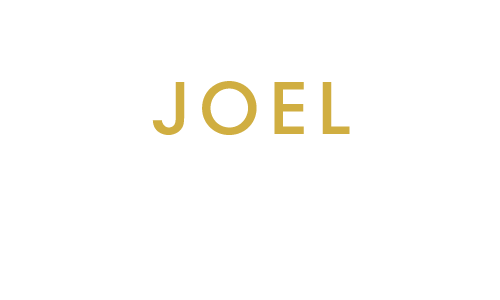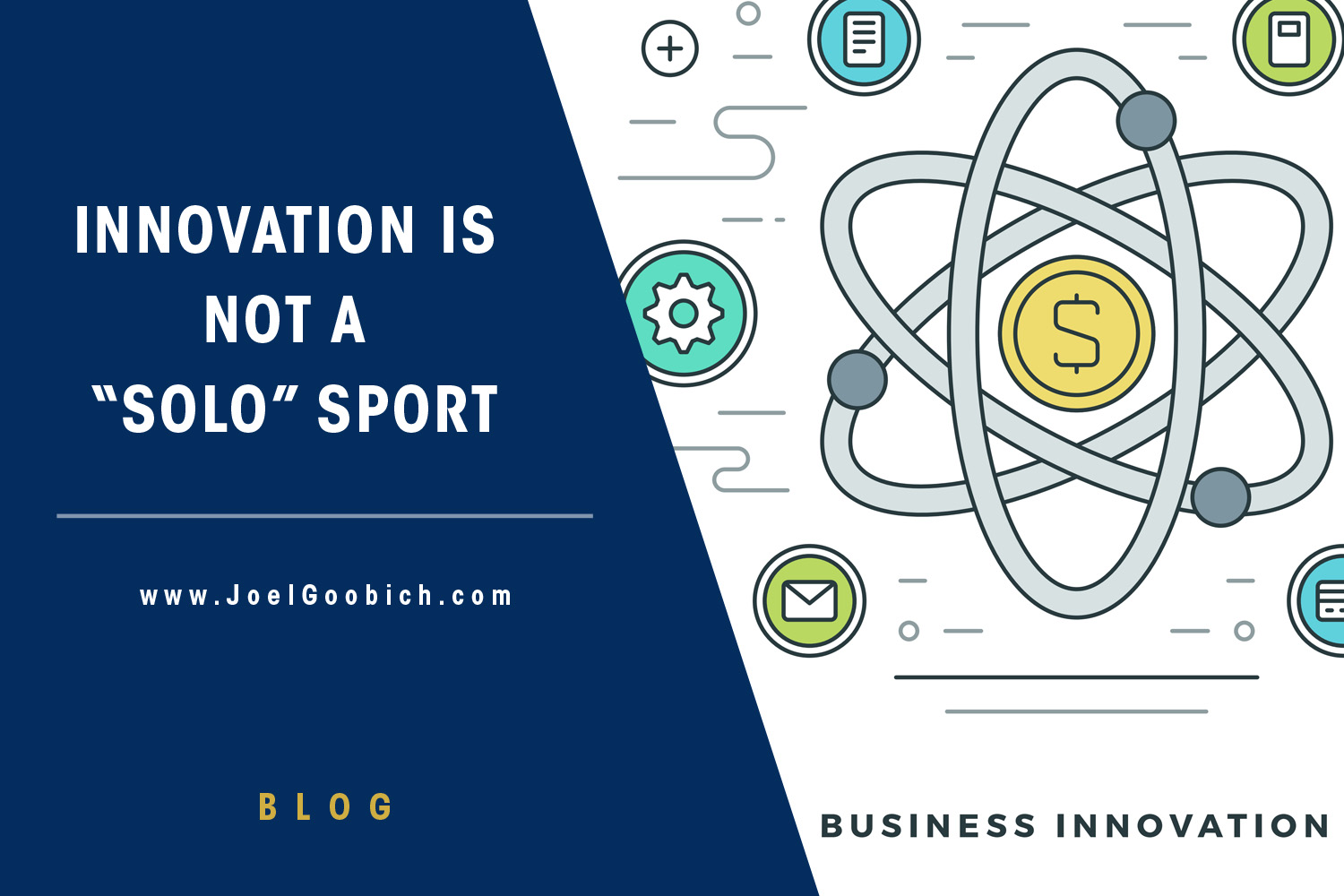Business Innovation is Not a Solo Sport
There is no doubt that in our modern society innovators and entrepreneurs are held in high esteem. We consider individuals who possess these skills as the up-and-coming champions of business. But innovation is not a solo sport.
The truth is that very rarely does real innovation or entrepreneurship happen in a vacuum. Of course, there are those famous ‘brain flashes’ and ‘strokes of genius’ – the “Eureka” moments of inspiration. More often than not, true innovation is a process that combines inspiration, group input and the right environment for it to flourish.
What is more commonplace is that innovation – and as a corollary – entrepreneurship – are products of incrementalism. They are the byproduct of small and constant changes and tweaks.
Keith Sawyer in his book “Group Genius” introduced the scientific methodology called interaction analysis to the study of creativity. His findings support that inspiration and innovative ideas usually come from interactions – both socially and in a business setting – that have percolated over time.
The romantic notion of the inventor or entrepreneur holed up alone in their office only to emerge with that ‘aha’ moment or idea is almost never the norm. Perhaps great for a movie or TV script – but not great for business.
INNOVATION THRIVES ON INPUT FROM OTHERS
In my view, this Solo Innovation model is actually not the best way to move the ‘dial’ forward in a business. It does not meet one of the 4Ps of HyperLeverage – proactively and intentionally leveraging all the skills, experience and perspective of people in the organization.
Let me explain why.
Businesses should be created and grown for a maximum return on investment. That almost always means having a long-term viewpoint, because it takes time to development the efficient business model, fine-tune the business assets and create the most added-value and viable product or service.
In order to accomplish this, it is imperative to create a strong business core. This core is the internal business dynamo that keeps the company moving forward from startup through high growth and into maturity.
One of the cornerstones of any good business core is the establishment of reproducible and effective business processes. Unfortunately, this concept is often glossed over or completely overlooked at the startup phase. But it shouldn’t be.
Innovation, and with it the need for and knowledge of how to change for the better is a business muscle that makes up part of the core. And it cannot reside with just one or two people in an organization. It has become part of the business DNA, something that everyone recognizes as important.
A good business develops a reproducible process of innovation.
Brainstorming is one traditional method that has been used for decades as a sparkplug for ideation and innovation. It’s allows individuals in a group setting to throw out ideas for consideration. One of the problems with brainstorming – similar to business meetings – is that without a disciplined process – it can lead to lot of ‘talk’ with no action. Furthermore, many people may refrain from participation due to a fear of failure, ridicule or desire to keep their best ideas to themselves until a more opportune time.
Many researchers and businessmen, like Drew Boyd suggest turning the innovation process around – breaking down successful products and processes into separate components – and then studying these parts to identify other potential uses.
This process of “Systematic Inventive Thinking” – which evolved from the work of Russian Scientist Genrich Altschuller, creates what are called ‘pre-inventive’ ideas that can be expanded into innovations.
Perhaps the Japanese proverb sums it up best ” none of us is as smart as all of us” . Innovation is a team sport. The best innovations happen when a network of people of diverse background approach a problem together.
In the past decade the concept of group work has become the norm in high tech startups. In some way – this is a derivative of how teaching is being conducted at colleges and Universities. Young professionals are familiar with and quite comfortable with group study projects. It is only natural to move this process from Academia to the business world.
Which takes me to the business accelerator. These new entities are being touted as the ‘incubator’ for the next generation of businesses, as the laboratory for new business ideas.
Similar to a university – what you get out of the experience is directly correlated to the efforts that you put into it. Those in a business accelerator that don’t learn to use the collaborative nature of an accelerator/incubator to nurture their innovation will graduate with a weaker business core.
Take Aways
- Innovation is best done with the input of others
- Reproducible creative thinking processes can lead to quicker innovation
- Creative thoughts come from interactions with others
- Businesses should establish and nurture innovation through core business practices
![]()






